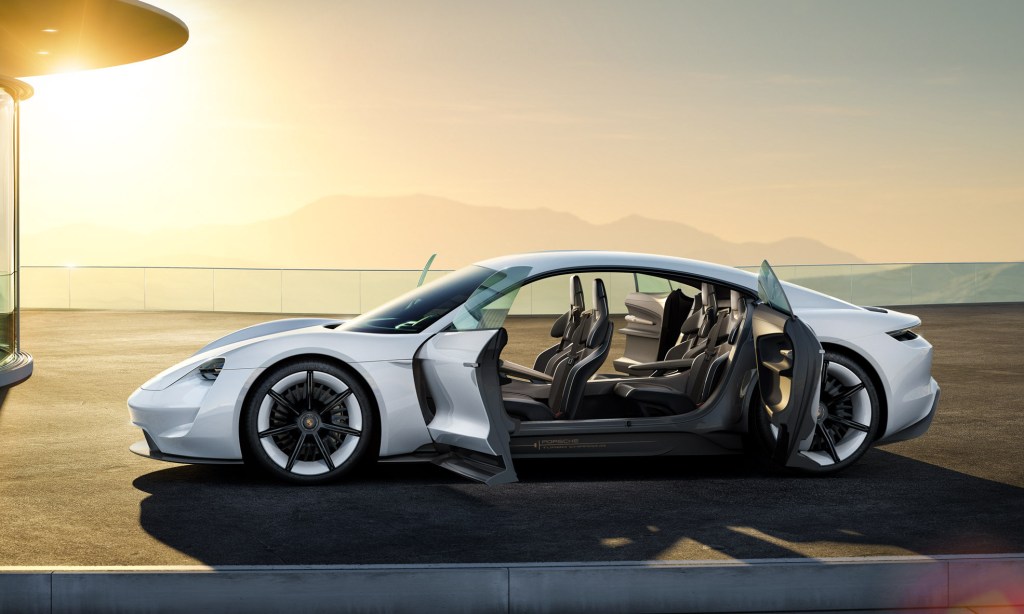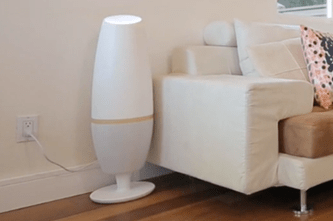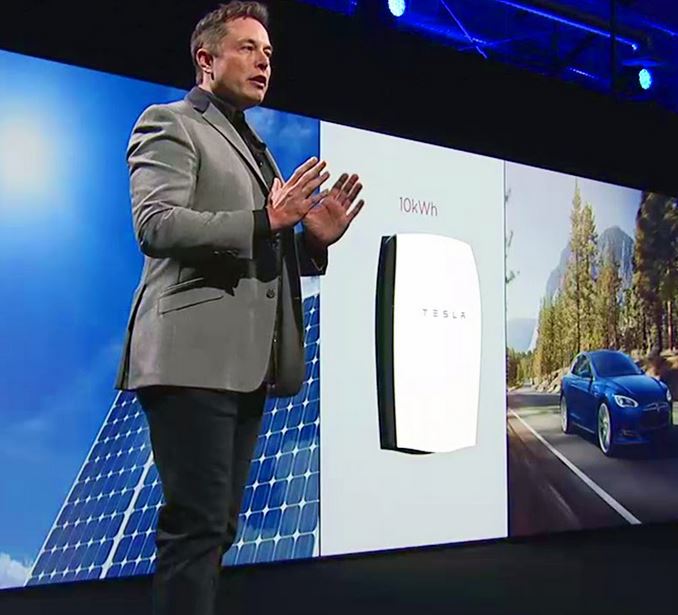Tesla Solar
Creating the “Obvious Choice”
The announcement of Tesla’s solar products caught the media off guard, instantly capturing our attention with their draw-dropping beauty and simplicity. We held a collective breath—how much are these going to cost, exactly? Are they scalable? Endless Energy The sun is a free and relatively endless source of energy. The Tesla website reminds us that, […]



